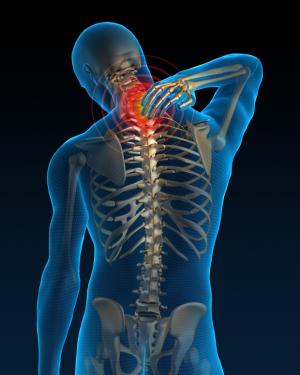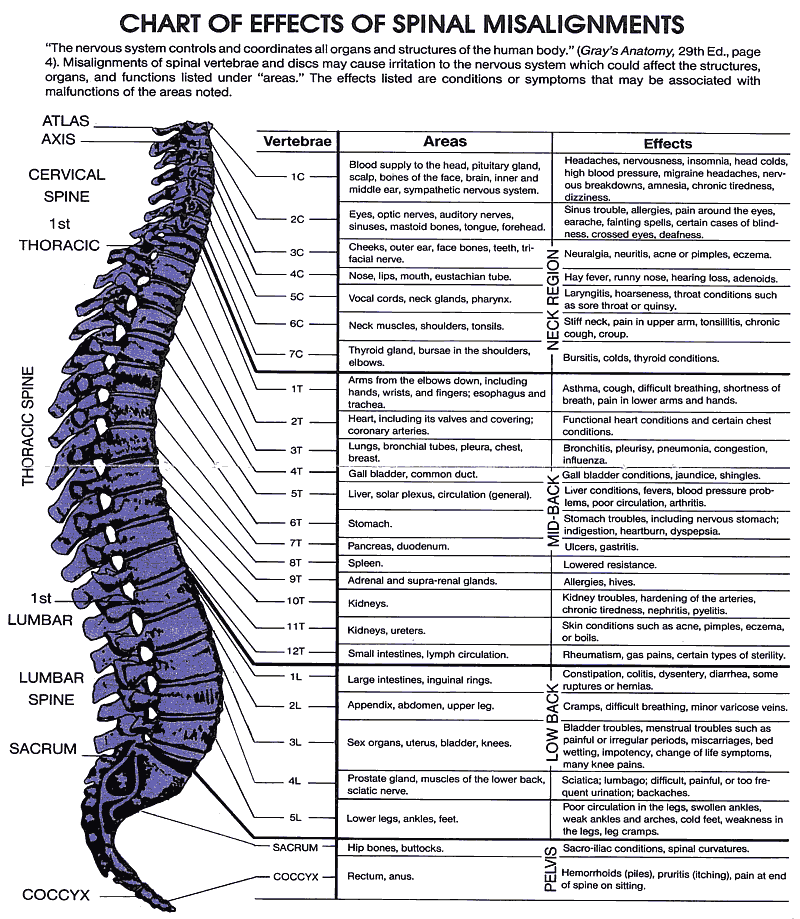
How Does It Work?
Biomechanical and structural problems in the spinal column can irritate parts of the enclosed nervous system. This irritation can result from noxious inflammatory biochemicals released during tissue injury or may result from direct mechnical pressure. In either case, the functioning of the nervous system is negatively influenced as is the functioning of the cells, tissues and organs which are supplied by the affected nerve(s).
Because the body’s innate recuperative powers are affected by and integrated through the nervous system, correcting spinal abnormalities which irritate the nervous system can lead to a number of favorable results in patients suffering from various seemingly non-spinal health conditions.
Why Us
- Practically speaking
Chiropractors are primarily concerned with locating and treating vertebral subluxations. A vertebral subluxation is a complex of functional and/or structural and/or pathological articular (joint) changes that compromise neural integrity and may influence organ system function and general health.
- Highly Refined Skills
Using a number of unique and highly refined skills, the chiropractor checks the patient’s spine for any misalignments, fixations or other normalities (vertebral subluxations). If subluxations or other abnormalities are detected, the chiropractor will generally apply a gentle force in a corrective manner to the affected spinal area.
- Specialized Techniques
Chiropractors use many specialized techniques to identify and treat these spinal abnormalities and optimize overall health. In addition to spinal adjustive techniques, soft tissue techniques such as massage, dietary and nutritional counseling, physical therapies and lifestyle modification programs are commonly employed.
Chiropractic Care
What are the benefits of chiropractic treatment?
Short-term and regular chiropractic care have a number of benefits including:
- Spinal and extremity pain relief
- Headache relief
- Increased mobility and range of motion
- Decreased stiffness and muscular spasms
- Arthritic joint health
- Increased joint health
- Increased performance and energy
- Increased sense of well being and relaxation
- Increased balance and coordination
- Reduced degeneration and risk of injury
- Enhanced tissue healing
- Decreased tissue inflamation

